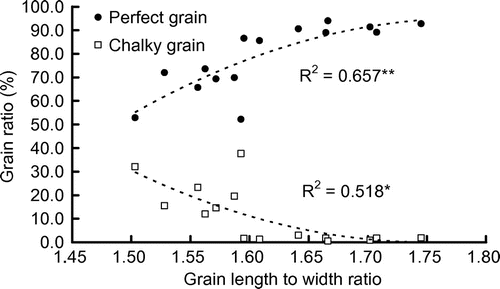Figures & data
Table 1. Temperature conditions for the 2007 and 2008 year-round experiments (Experiment 1) and districts experiments (Experiment 2).
Figure 1. (A) The relationship between grain weight per hill and H15-ave. And (B) the relationship between fertility and average (black circle), maximum (white square) and minimum (white triangle) temperature (Lur, Citation2009). **P value < .01. *Because the grains of the samples collected in 2007 of Experiment 1 were cracked in the process of polishing, we only used the samples from 2008 of Experiment 1 and samples from 2007 of Experiment 2 in this measurement. Equivalent sample numbers were used in measurements in Figure , Figure , and Figure .
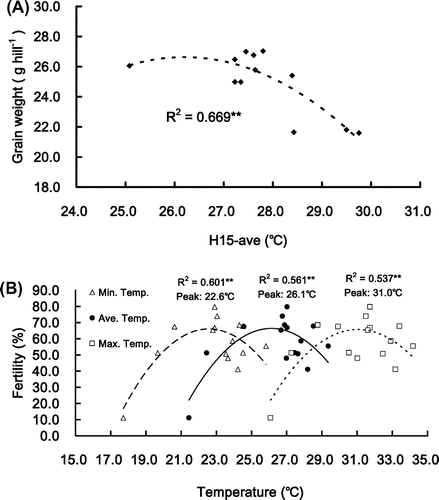
Table 2. P value of correlation between rice quality and temperature conditions.
Figure 2. The relationship between H15-ave and perfect grain ratio (black circle) or chalky grain ratio (white square). **P value < .01.
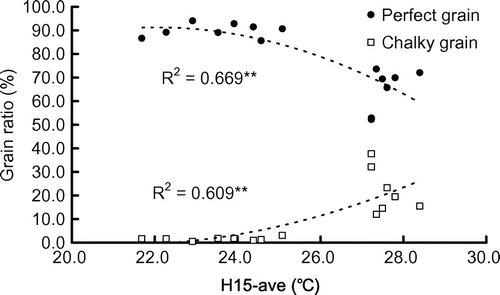
Figure 3. The relationship between H15-ave and (A) grain length; (B) grain width; (C) grain length/width ratio. **P value < .01.
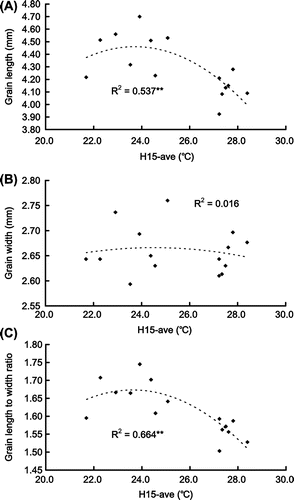
Figure 4. The relationship between H15-ave and RVA characters: (A) Peak viscosity; (B) Breakdown; (C) Setback. *P value < .05; ***P value < .001.
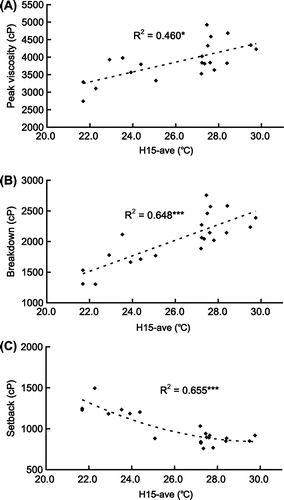
Figure 5. The difference between rice quality in 2010 and 2011. n = 16. H15-ave were 26 °C and 30 °C in 2010 and 2011, respectively. H15-ave is the average temperature from 0–15 days after heading. The temperature data of H15-ave were collected from Central Weather Bureau.
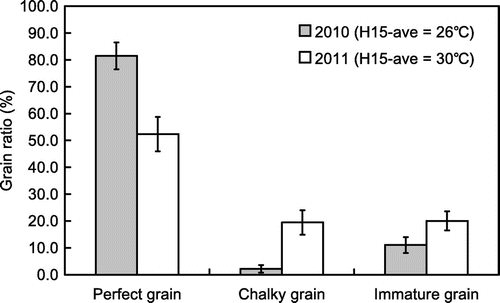
Figure 6. The relationship between grain length/width ratio and perfect grain ratio (black circle) or chalky grain ratio (white square). *P value < .05; **P value < .01.
